Liftoff occurred at 5:05 p.m. ET (2205 GMT).
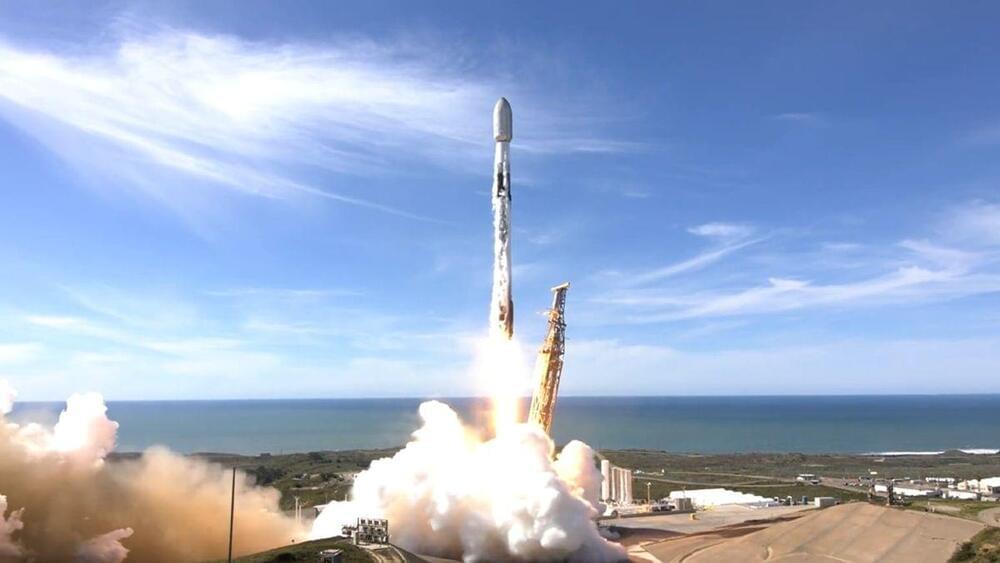

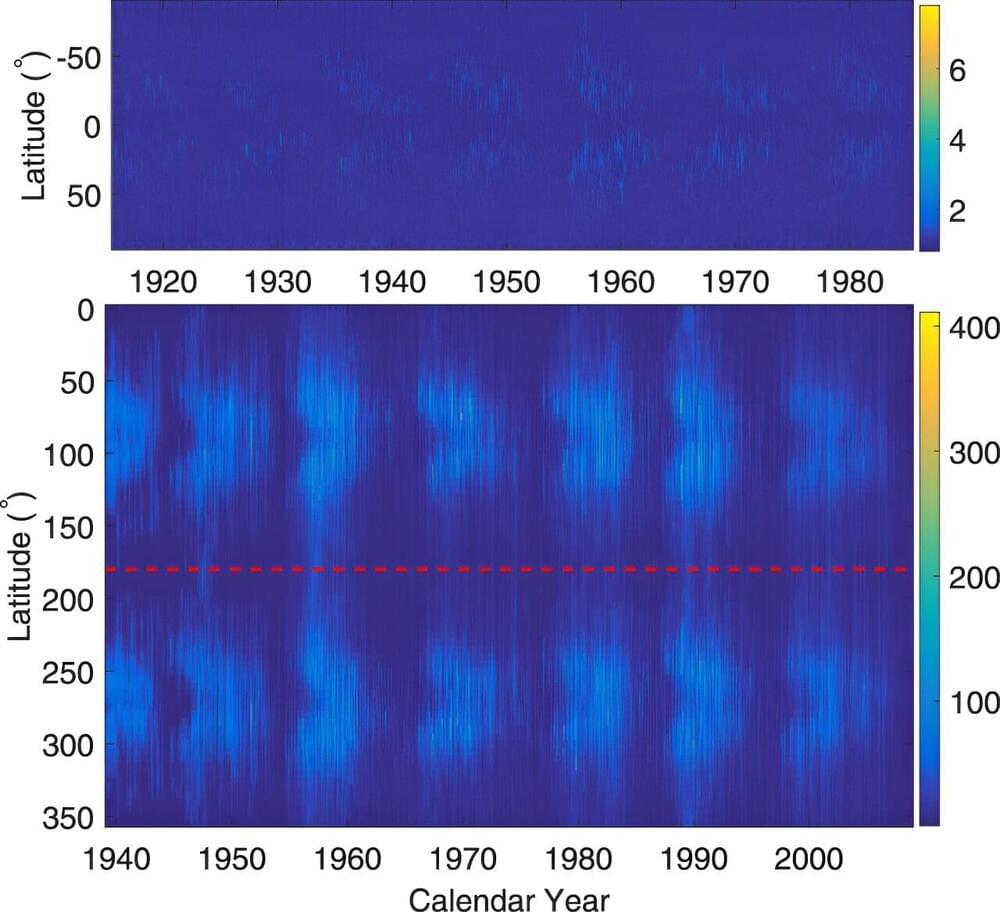
In a study published in The Astrophysical Journal, researchers from the Yunnan Observatories of the Chinese Academy of Sciences depicted a complete physical image of the anomalous heating in the upper atmosphere of the sun (the solar corona and the solar chromosphere).
The enigma of the corona’s anomalous heating stands as one of the eight challenges in modern astronomy. Similarly, the anomalous heating of the chromosphere continues to baffle solar physicists.
Observations gleaned from large telescopes and satellites have revealed potential magnetic activities that could be the cause of this heating. Theoretical research has proposed various heating modes, yet none have been definitively proven to be the cause. As it stands, our understanding of how the sun’s upper atmosphere is heated remains incomplete.

This week now has four flights scheduled, starting with Crew-8, which is sending a new crew to the International Space Station for a six-month tour of duty after successfully launching from Florida. Starlink 6–41 from Cape Canaveral and Transporter 10 from Vandenberg Space Force Base are also on the docket along with the debut of a new small satellite launcher from Japan.
Crew-8 launched three NASA astronauts and one Roscosmos cosmonaut to the Station on March 3, while the Starlink 6–41 flight and Transporter 10 are now due to fly on March 4. The new KAIROS small satellite launcher developed by the Japanese commercial sector is scheduled to fly on March 8.
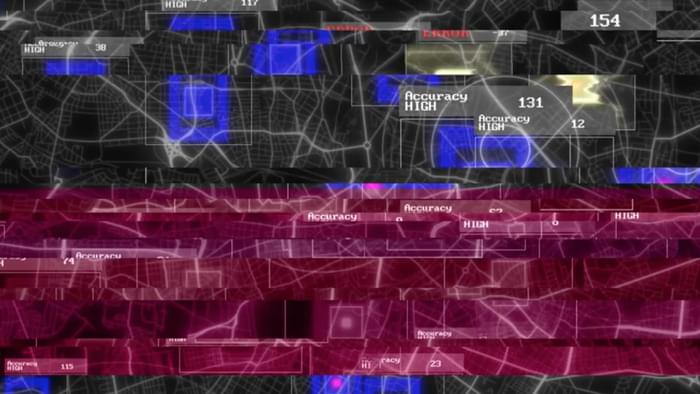
She continued: “We’ve certainly had more opportunities to target in the last 60 to 90 days,” adding the US is currently looking for “an awful lot” of rocket launchers in the region.
Moore’s comments provide some of the strongest evidence to date that the US military is using AI targeting systems to identify potential strike areas. She noted that even after Google walked away from the project, experimenting has continued with drone or satellite imagery.
Based at Central Command, or Centcom headquarters in Tampa, Florida, Moore revealed that US forces in the Middle East have been testing AI targeting systems using a combination of satellites and other data sources and conducted exercises over the past year with the technology.
Earth’s orbit is so populated that the space industry is now developing technologies to remove space debris caused by satellites from an over-crowded low Earth orbit (LEO).
One untapped orbit above Earth does exist, though. The so-called very low Earth orbit (VLEO) would allow satellites to fly in a less crowded space closer to home and take more detailed pictures of our planet.

It turns out an old dog can learn new tricks. After over 300 flights and 13 years in service, Falcon 9 continues to improve as SpaceX tweaks the design for higher performance.
SpaceX hit a new record on Sunday, flying 24 Starlink v.2 minis aboard a Falcon 9 rocket, surpassing its previous high water mark of 23 satellites. “This mission is carrying one additional Starlink satellite from previous east coast missions thanks in part to performance increases on Falcon 9,” SpaceX wrote on X.
The company did not detail how it was able to squeeze more performance out of Falcon 9. The Starlink v.2 mini debuted at the start of last year, boasting around 4x more capacity than its predecessors. The company has previously been launching 21–23 Starlink satellites per flight.
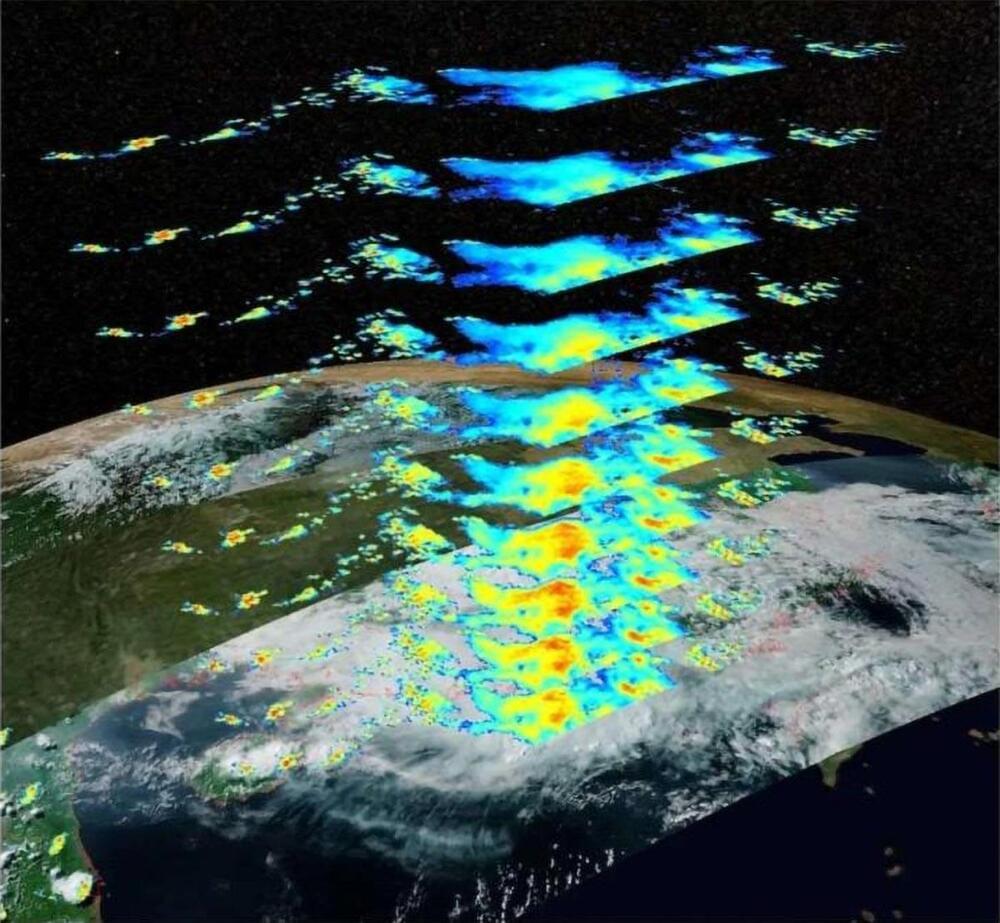
Measuring the precise quantity of rainfall in a particular area is straightforward when there is equipment specifically designed to accurately capture and relay precipitation data. However, quantifying and identifying the types of precipitation across all locations on Earth presents significant logistical challenges.
Importantly, this information could provide a wealth of data for characterizing and predicting Earth’s water, energy, and biogeochemical cycles. Researchers from China recently deployed a satellite, FengYun 3G (FY-3G), that is successfully collecting Earth precipitation data from space.
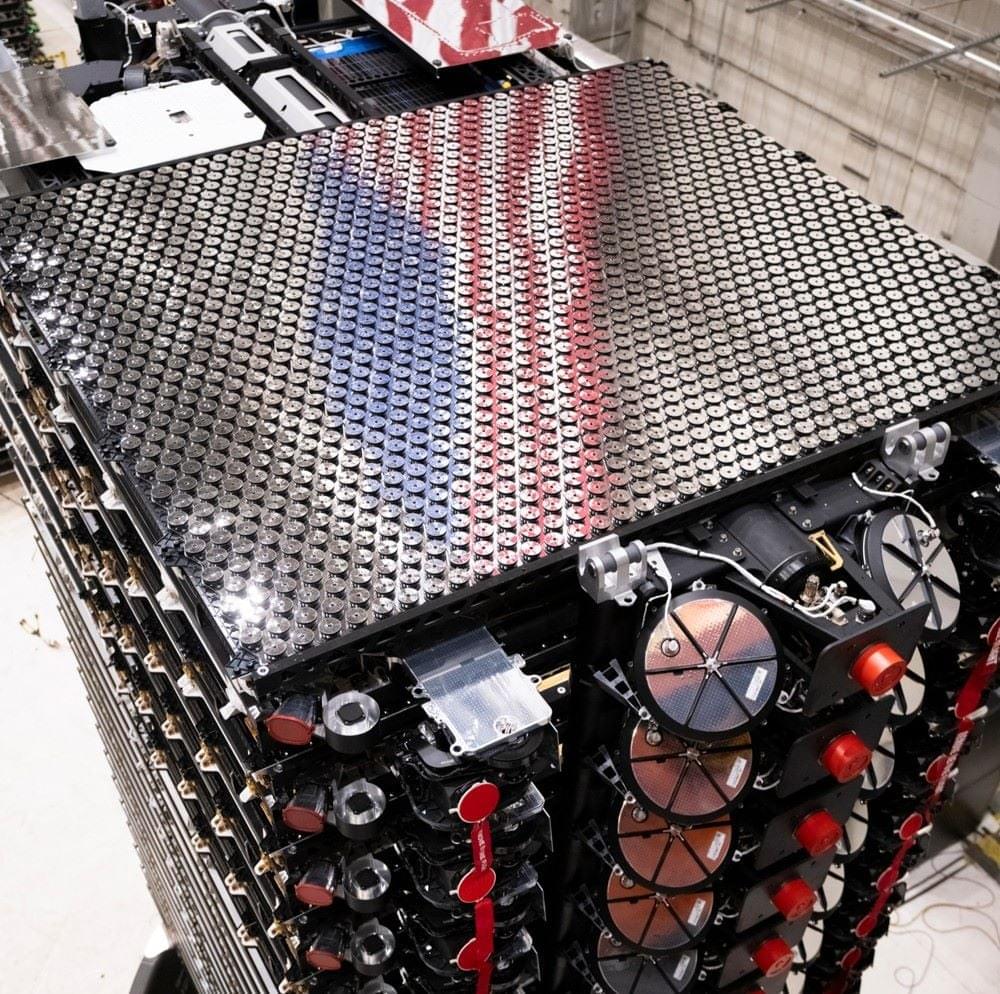
SpaceX plans to place its first direct-to-cellular phone Starlink constellation in orbit by the end of August.
The company aims to initially provide text messaging services over its low-Earth-orbit satellites to T-Mobile customers using unmodified cellphones operating with standard LTE/4G protocols. Service is expected to start this year, according to SpaceX’s website.
The rocket and satellite manufacturer lofted its first 21 direct-to-cellphone Starlink satellites on Jan. 2. Its plan to have the constellation orbiting Earth by the end of August was announced by Jon Edwards, SpaceX vice president of Falcon Launch Vehicles, on Feb. 26 on the social media website X.

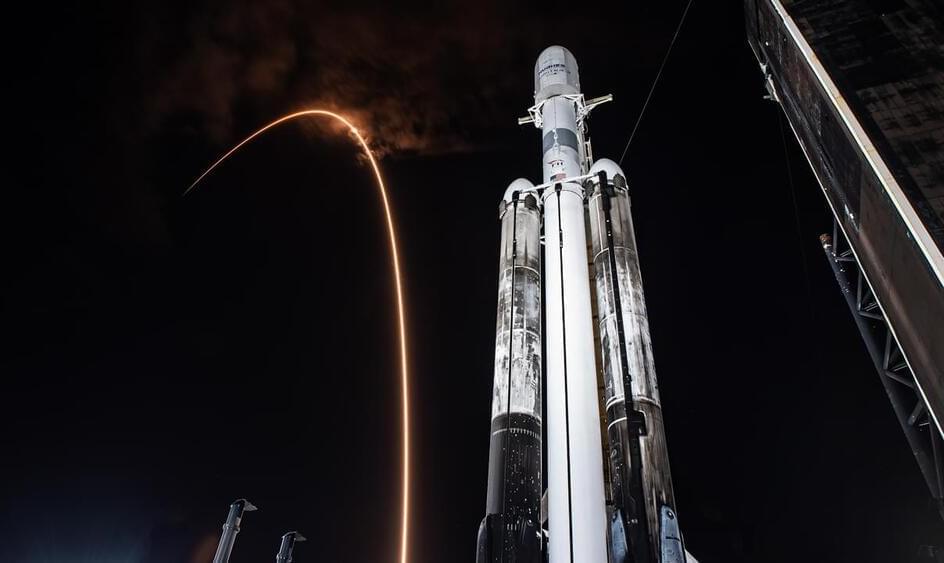
SpaceX recently tested Starlink’s Direct to Cell satellites and posted on Elon Musk’s X platform.
The test X post simply said: “This post was sent through a SpaceX Direct to Cell satellite.”
SpaceX’s Director of Satellite Engineering provided more information about the X post. He revealed that the post was made under the cover of trees in a small valley in the Santa Cruz Mountains.